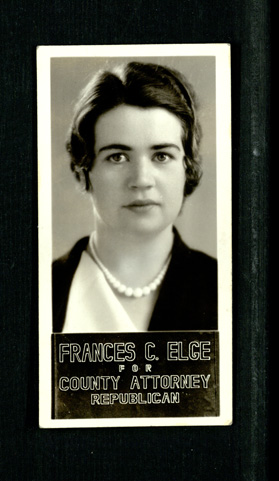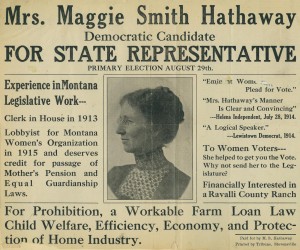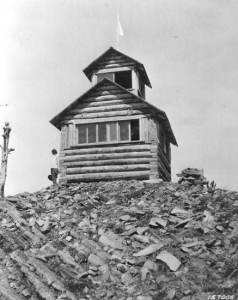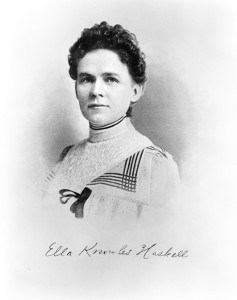
Born in Helena in 1906, Elge attended that city’s public schools and went on to graduate from law school at the University of Montana in 1930. Reflecting on her time at UM and her subsequent career as an attorney, Elge recalled, “I was a novelty when I went through law school. The men helped me along because they didn’t see me as competition. Men today know better.”
After law school she returned to Helena, where Wellington Rankin—a prominent Helena attorney and public official and brother of Congresswoman Jeannette Rankin—allowed her to use his library and office and gave her ten cases to start a private practice. She continued in private practice until 1932, when she was elected to the position of public administrator in Lewis and Clark County. Two years later the voters elected her county attorney, the second woman elected in Montana to that office.
After a single term, Elge left to work on Jeannette Rankin’s second campaign for Congress and acted as the congresswoman’s administrative assistant in Washington, D.C. During World War II she worked for the War Shipping Administration and Maritime Commission. In 1954 she became an Indian probate judge for the Department of Interior, one of the only women in that position, and served until her retirement in 1977. Continue reading “Men Were My Friends, but Women Were My Cause”: The Career and Feminism of Frances Elge


